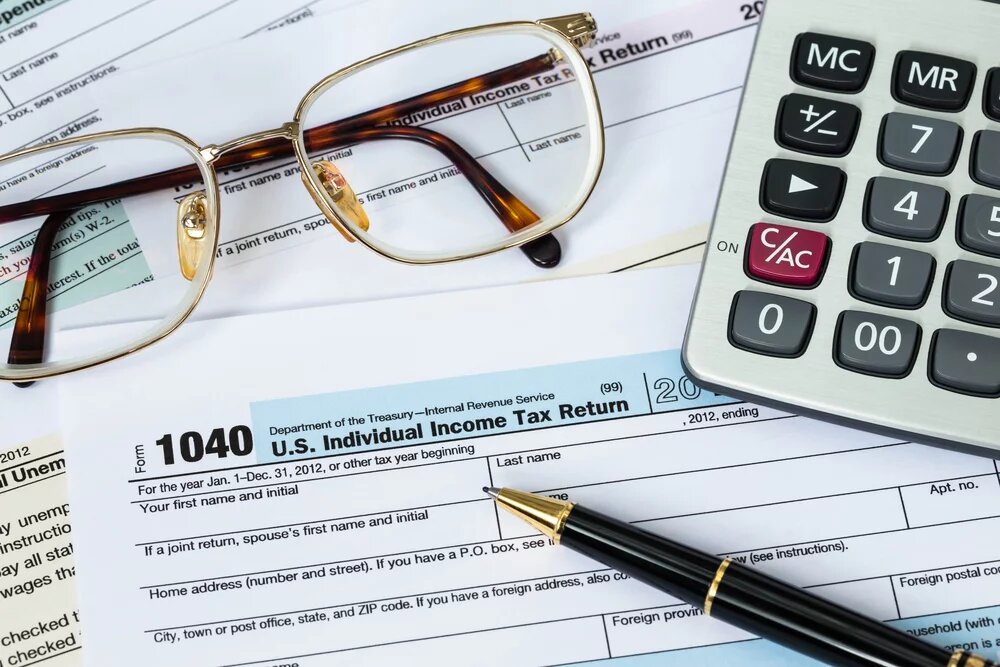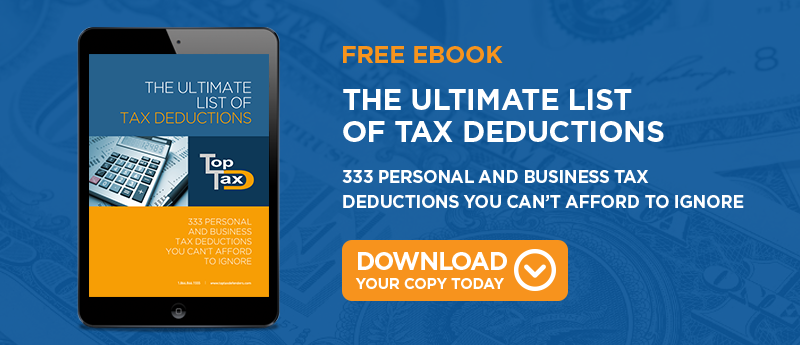
Tax codes are subject to change with each passing year. For the upcoming 2018 tax year, the changes can significantly impact the way you file your return. Before you file, you may want to learn more about the new IRS tax brackets and how the tax code changes could affect what deductions you plan to take when you file your taxes.
Tax Bracket Changes
You might wonder why the IRS regularly makes changes to the income tax brackets. In fact, these changes come about as the result of indexing, which is a practice that is allowed for thanks to a provision in the existing tax codes.
Provisioning allows the IRS to change the tax brackets to take into account for inflation. The tax brackets will be altered to match the amount of inflation that occurred during the previous year. For example, if the rate of inflation went up by two percent, the tax brackets will likewise be increased by two percent.
Further, the IRS likes to use round numbers when making changes to the tax brackets. It is likely these increases will be in increments of $25, $50, or $100.
The change in tax brackets also eliminates something known as bracket creep. Bracket creep occurs when taxpayers get pushed into a higher tax bracket after they receive a slight increase in pay.
Rather than allow people to get pushed up into a higher tax bracket, the IRS will adjust the brackets, taking into account for inflation and any slight pay raises that people may get during the tax year. This adjustment allows people to stay in the same tax bracket.
For the 2018 tax year, indexing will be based on the Chained Consumer Price Index or C-CPI. The Tax Cuts and Job Act, which was signed into law in December 2017, made this indexing change. Prior to the TCJA, indexing was based on the Consumer Price Index or CPI.
It is important that you know that you will not pay the tax bracket percentage on all of the income you earn. For example, if your income falls in the 12 percent tax bracket, you will not pay 12 percent on all of your income.
Rather, the tax brackets exist to subject people with higher incomes to higher tax rates. They also allow people with lower taxable incomes to pay lower income tax rates.
In essence, the IRS divides your taxable income into “chunks” or brackets to determine how much tax you pay. Each tax bracket has a corresponding tax rate percentage. However, taxpayers will not pay that percentage on their entire incomes.
The New 2019 Tax Brackets
As you can see, the new 2019 tax brackets have increased from those used in 2018 by approximately two percent.
| Tax Bracket / Filing Status | Single | Married Filing Jointly or Qualifying Widow | Married Filing Separately | Head of Household |
| 10% | $0 to $9,700 | $0 to $19,400 | $0 to $9,700 | $0 to $13,850 |
| 12% | $9,701 to $39,475 | $19,401 to $78,950 | $9,701 to $39,475 | $13,851 to $52,850 |
| 22% | $39,476 to $84,200 | $78,951 to $168,400 | $39,476 to $84,200 | $52,851 to $84,200 |
| 24% | $84,201 to $160,725 | $168,401 to $321,450 | $84,201 to $160,725 | $84,201 to $160,700 |
| 32% | $160,726 to $204,100 | $321,451 to $408,200 | $160,726 to $204,100 | $160,701 to $204,100 |
| 35% | $204,101 to $510,300 | $408,201 to $612,350 | $204,101 to $306,175 | $204,101 to $510,300 |
| 37% | $510,301 or more | $612,351 or more | $306,176 or more | $510,301 or more |
Getting Into a Lower Tax Bracket
If you want to get into a lower tax bracket, you essentially have one legitimate way to achieve this goal.
You may initially believe that tax credits will help you get into a lower tax bracket. In fact, tax credits will reduce the amount of tax that you owe. However, they will not adjust the tax bracket into which your income falls.
Rather, to get into a lower tax bracket, you are encouraged to use tax deductions. Deductions will reduce your income to a lower tax bracket. They also lower the amount of income that can be taxed by the IRS.
Some of the most common deductions taxpayers like you can take when filing your taxes include:
- Medical expense deduction
- Casualty loss deduction
- Mortgage interest deduction
- Retirement contribution deduction
When you are serious about getting into the lowest tax bracket possible, it is advisable that you use all deductions for which you are eligible when filing your tax return.
Earned Income Tax Credit
Tax credits will not put you in a lower tax bracket. However, they will lower the amount of money that you owe to the IRS. Moreover, they could make you eligible for a sizable refund.
The most common tax credit that people claim when filing taxes is the Earned Income Tax Credit or EITC. The amount of the EITC is slightly higher than it was in 2018. This year, eligible taxpayers will be entitled to $529 if they are single or filing jointly but have no children.
For people claiming one child on their tax return, they will could receive up to $3526. The EITC amount increases to $5828 for two children and $6557 for three children.
The income phaseout limit for the EITC begins at $8650 for single and joint filers with no children and ends at $15,570. For people filing married filing jointly, the phaseout begins at $14,450 and ends at $21,370.
Standard Deduction
One significant change that taxpayers filing in 2019 will notice is that they can no longer claim the personal exemption deduction. Prior to the TCJA, this deduction was $4050 for every family member. It can no longer be claimed on returns filed in 2019.
However, taking its place is an increase in the standard deduction. This deduction more than doubled and is now $12,200 for single filers and $24,400 for married filing jointly. People who file as Head of Household will receive a standard deduction of $18,350.
This deduction is only available to people who do not plan to itemize their deductions. If you plan to claim deductions for medical expenses, mortgage interest, and other expenses, you cannot use the standard deduction on your tax return.
Retirement Contributions Deduction
People who contribute to an eligible retirement account during the tax year can claim these contributions on their tax return. For 2019, the allowable retirement contribution deduction will go up by $500. It does not apply to people making catch-up contributions, however, if they are 50 years old or older.
Eligible retirement accounts for which you can claim this deduction include:
- 401(k)
- 403(b)
- 457
- TSP
- IRA
The eligible contribution amounts for IRAs is $6000, which is an increase from $5500 in 2018, plus $1000 if you are 50 years old or older. The amount for employer-sponsored retirement plans like 401(k)s is $19,000, up from $18,500 in 2018, plus $6000 for taxpayers who are 50 years of age or older.
These new tax rates and tax brackets can significantly change the way that people file their taxes in 2019. The new tax brackets are higher than they were in 2018. They could impact what deductions you take and whether or not you decide to use the standard deduction when filing your 2018 income tax return.




